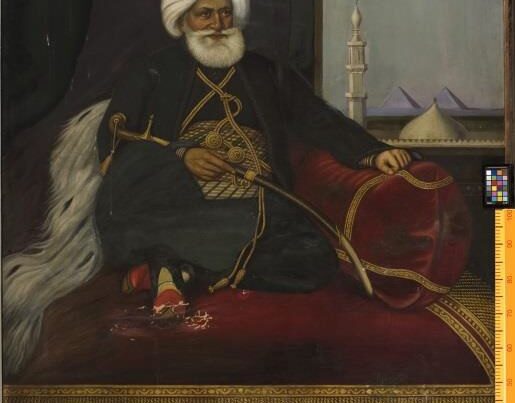by Abdel-Kareem, O., Samaha, S.H., El-Nagar, K., Essa, D.M. and Nasr, H.E.
ABSTRACT
Textiles objects as organic materials are considered one of the most sensitive at-risk materials. Consequently, they are extremely vulnerable to damage when stored or displayed in inappropriate environmental condi-tions. This study was carried out to monitor the factors that can enhance deteriorating the historical textile objects in Museum of Faculty of Archaeology as an example of historical museums in Egypt. The existing problems in the environmental variables including temperature, relative humidity, light and air particulates pollutants have been monitored in the selected museum. The concentration of the gaseous air pollutants such as sulfur dioxide, nitrogen dioxide, and ammonia were measured. The results show that air pollution is one of the most serious deteriorating factors that jeopardize the long survival of museum textiles in Egypt. Some examples of characterizing features of the deterioration of museum textile objects by environmental factors were also recorded in this work. Textiles are subjected to physical abrasion and damage by dust and gritty particles. These particles in combination with air pollutants may accelerate the rate of chemical reactions in the textiles, subsequently accelerating their deterioration. Finally, this study concludes that the environmental condition in this museum out of standards. A strategy must be established for controlling and preventing the deterioration problems on museum textile objects in Egypt.
![]()



